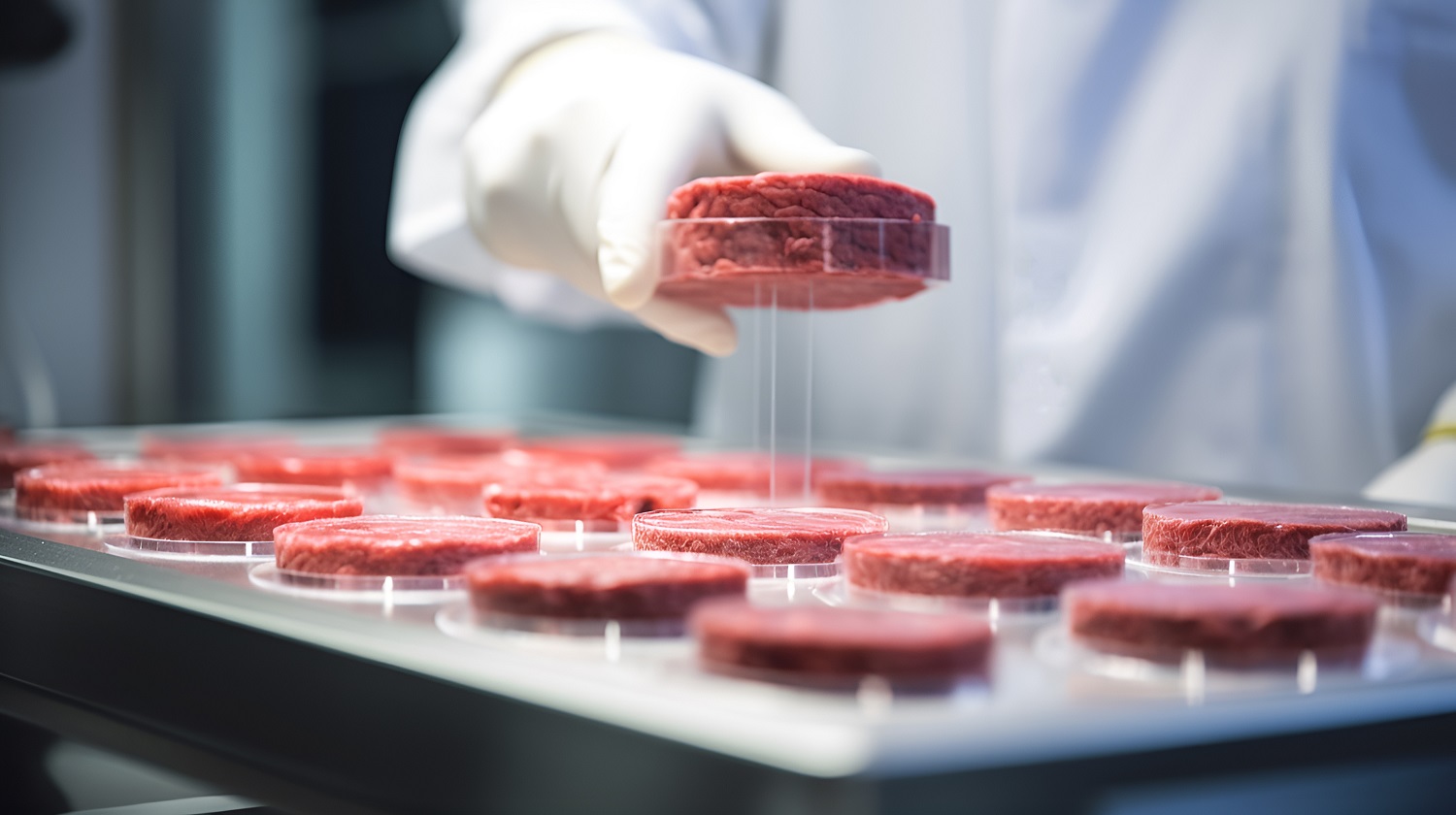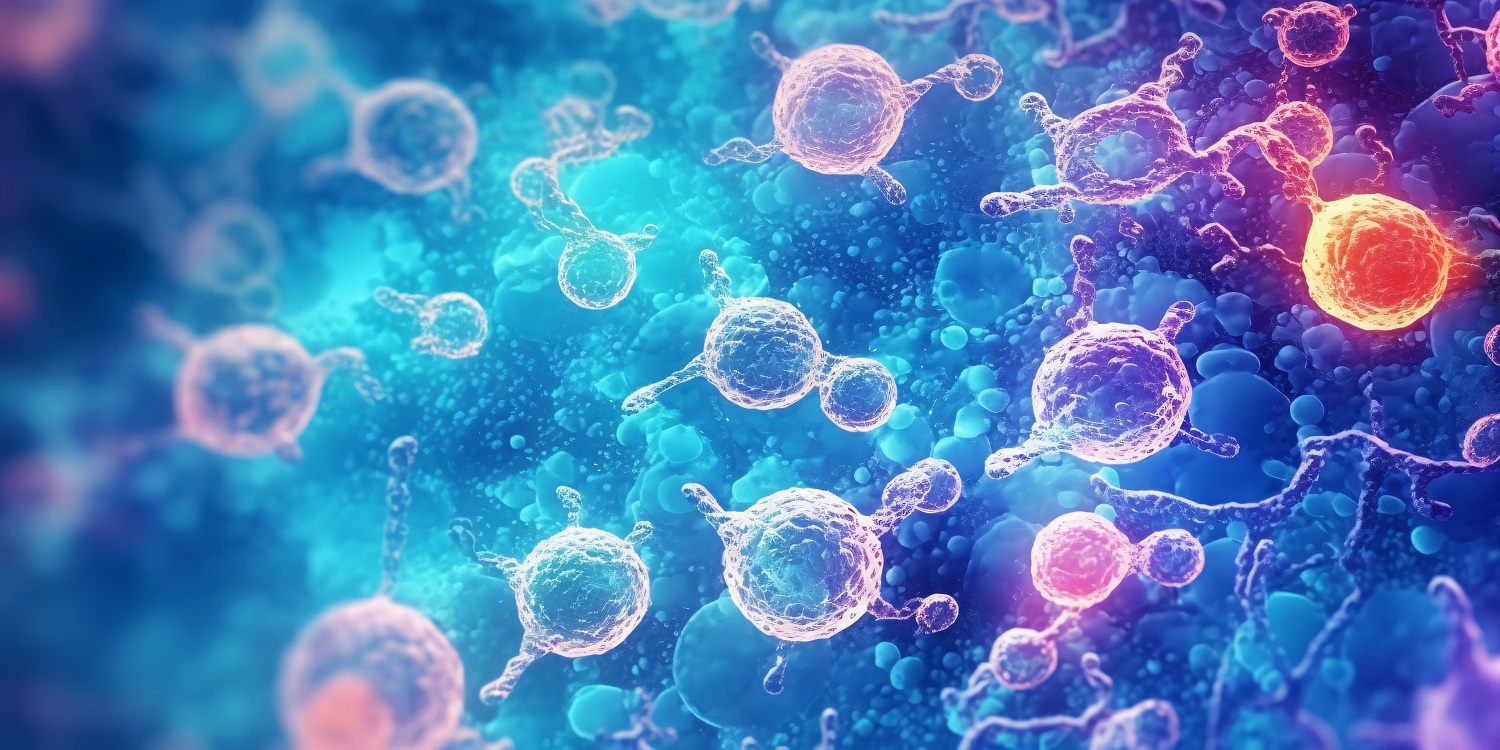

Interviews with people from various industries on the theme of "How would you use space?" The first speaker is Mr. Toshiyuki Kanamori, Representative of MedTech Consulting LLC, who is actively working toward the realization of Bioindustry in Space.
"With foreseeable end of the International Space Station (ISS) operations in 2030, commercial utilization of Low Earth Orbit (LEO) is gaining momentum, with bioindustry in particular being one of the most promising fields there are. In the face of fierce competition from Europe and the United States, we, Medtech Consulting LLC, one day hope to revive Japan’s unique manufacturing and secure a global presence for bioindustry in space."

MedTech Consulting LLC Representative, Toshiyuki Kanamori
● Profile
After completing his B.S. in Applied Chemistry and M.S. in Engineering, Mr. Kanamori worked in a chemical manufacturing company. In the following, he decided to leave the company to return to his alma mater research laboratory as an assistant while obtaining a doctorate in engineering, and recived Ph.D. in 1994. In the spring of 2023 after his 30 years long career of biochemical and polymer engineering at National Institute of Advanced Industrial Science and Technology, Mr. Kanamori established a venture, MedTech Consulting LLC, to help existing industries apply their technologies to the medical field.
Regarding the International Space Station (ISS), many discussions are underway about what its successor may be. Moreover, the U.S. government's declaration of the Artemis Program designed to facilitate lunar migration, along with the Gateway concept that forms the core of it, represent not only a leap forward in space exploration, but also a significant surge in its commercialization. The scale of the space industry is estimated to grow from about $300 billion USD in 2020 to $8,000 billion(8 trillion) USD in 2040 (Business Concept Monthly, December 2021).
The purpose of ISS is to conduct experiments that leverage the microgravity environment and also prepare for future human endeavors in space. These experiments are expected to yield insights that could drive the growth of space-based industries. Experiments in various fields and disciplines have been conducted on the ISS, including biological experiments. For example, breeding of insects, amphibians, and mammals such as rodents, and cultivation of microbes and eukaryotic cells such as fungi, bacteria, animal cells (including human) and plant cells, have been widely conducted on ISS. Compared to abiotic experiments, biological experiments can encounter various uncertainties and instabilities even on the ground, and with facilities and operating procedures not always being sophisticated, it makes the experiments quite challenging. However, we successfully gathered various knowledge of on-board experimentation over the years, by experimenting on the ISS.
NASA, the National Aeronautics and Space administration, has recognized the possibility of astronauts experiencing physiological issued in space since their early stages of space development. Consequently, NASA has compiled and rigorously analyzed a substantial volume of data on this matter. In a remarkable yet somewhat bold experiment, NASA even went to the extent of training identical twins as astronauts, sending one to the ISS while having the other reside in a simulated ISS environment on earth to check for their physiological differences.
These studies found that it wasn’t just muscles and bones, which are often associated with the influence of gravity, that were affected. Other vital bodily functions, including the lungs, heart, kidneys and many other, were also compromised.
Conversely, it is becoming increasingly evident that lifestyle-related illnesses are closely linked to a phenomenon known as senescence, which pertains to cell aging. Various analysis has led to the hypothesis that the effects on the bodies of astronauts in space could be attributed to the acceleration of senescence. Concurrently, there has been a global drive in the development of Microphysiological Systems, a technology that enables induction of in vivo functions not attainable through conventional cell culture techniques by culturing human cells in a controlled environment. Notably, research on senescence in space using this technology has started at the national level in the United States. Although more than 9 experiments using various MPS have already been conducted on-board the ISS, the specific outcomes are still pending.
In addition to these experiments, a very expensive and elaborate experiment has been conducted. This experiment involved transporting cells cultured on Earth to the ISS, retrieving them after their space journey, and continuing their cultivation back on Earth. The purpose of these experiments remains somewhat unclear, as it essentially stems from the idea itself. However, it is presumed that it was to see if senescence is accelerated in microgravity, so that further senescence-related experiments can be conducted efficiently on the ISS. This presumption likely explains why the ISS is considered the most suitable place for such senescence-related experiments. Naturally, in the long run, this research will prove useful for the health and well-being of astronauts and prospective space travelers.

As previously highlighted, the United States is actively embracing the Artimis program as well as commercialization of Low Earth Orbit (LEO), with the talks of next-gen ISS being entrusted to private sectors. An ongoing debate within the realm of commercial space endeavors revolves around the challenge of generating value that matches the substantial costs involved. Tissue Chips in this case, can be that endeavor aimed at delving into this challenge.
Regenerative medicine and cell therapy, which encompass cutting-edge medical technologies utilizing stem cells like iPS cells and ES cells, have captured significant interest over the years. Stem cells are often likened to fertilized eggs, requiring a sterile cultivation environment like that of the mother's womb. This controlled environment can be achieved in the LEO, where the effects of gravity are minimal. This is where we, MedTech Consulting believe that the process of preparing seed cells with uniform characteristics in LEO and bringing them back to earth for use in advanced medical treatment could be a viable industry. Nevertheless, it is important to acknowledge the complexities associated with integrating this process within Japan’s national health insurance system.
The foundation of the aforementioned MPS lies in the advancement of animal cell cultivation technology. Among the various applications of MPS, cultured meat has emerged as a subject of global interest. Whether it be the Artemis Program, post ISS or Gateway, there is an imperative need to establish a self-sustaining food ecosystem in space, which will involve upgrading the existing Environmental Control Life Support System (ECLSS). It is our belief that there are potentials to incorporate cultured meat technology into this system.

It is commonly regarded that 19th century was the age of chemistry, the 20th century as the age of physics, and 21st century being the age of biotechnology, with bioindustry still being in the epoch of making. The space development can also be said the same, and still is at its onset as an industry even after half a century. To add to this, Japanese bioindustry is said to be few laps behind that of United States and EU, which apparently, is also true for the space industry as well. Although the future ahead may be a tough battle, we are convinced that there are ways into harmonizing commercial opportunities by fusing bioindustry with space, as both fields still contain many uncertainties. As a starting point, we aspire to see the revival of the “Monozukuri" (Craftsmanship) spirit that once drove Japan’s manufacturing glory.



